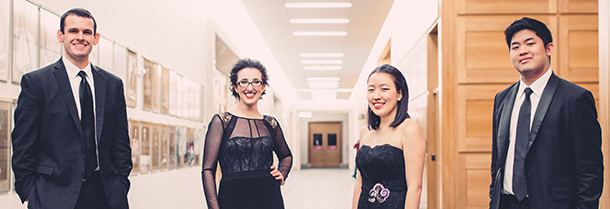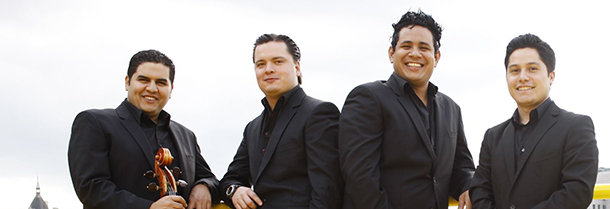Tag: The Verona Quartet
-

PROGRAM NOTES: THE VERONA QUARTET
Franz Joseph Haydn Quartet in B at major Op. 50 No. 1 The art music of Western Europe underwent a period of transition in the mid- 18th century as the thickly embroiled scores of the Baroque, with their long spun-out melodic lines and constant harmonic churn, gradually yielded to the clearer textures, symmetrical phrases and slower…
-

A CHANGE TO OUR FIRST CONCERT IN THE 2017-18 SEASON
The Simón Bolívar String Quartet’s scheduled performance at the Vancouver Playhouse on September 17 has been postponed to a future season. The current volatile and violent situation in Venezuela, which has heightened following last week’s election, has made it almost impossible for the quartet to navigate around Caracas to make arrangements for their North American tour.…

